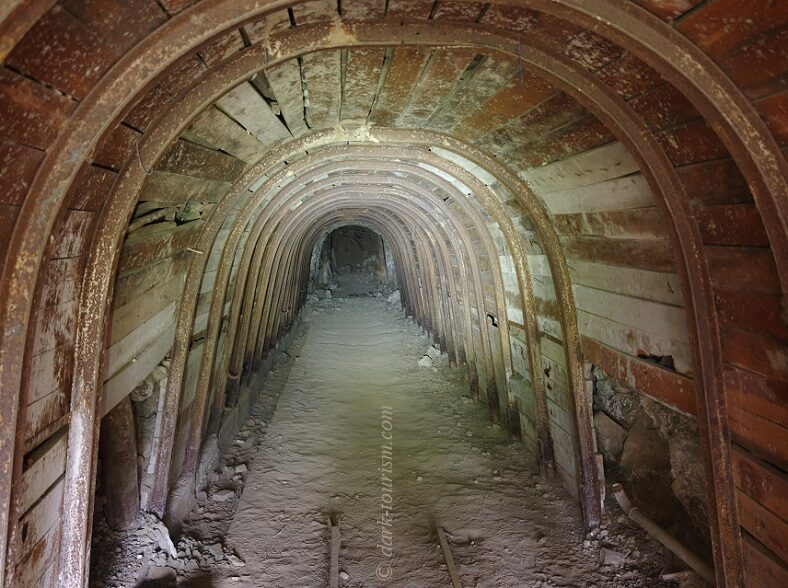| |
|
| ||
|
| |
Back from CyprusHello Subscribers – and welcome new ones! First of all let me now properly wish you a Happy New Year! Although in quite a few places around the world there is much scope for improvement for it to actually be a happy year… and I’m not just talking about Ukraine. But what’s new in terms of dark tourism? Well, as I had announced in the previous DT Newsletter, I spent New Year’s Eve and Day in Cyprus and in total had 12 days there. I have just uploaded a first new DT Blog post about that trip – a kind of overview of what I did there in the area of dark tourism, accompanied by a few representative photos from the various places I visited. The new post also includes the photo reproduced again above. This was taken inside an abandoned mine near Mitsero, which was one of the places I was introduced to and then taken to by a contact in Cyprus, a Russian expat who has lived and worked in Limassol for the past eight years (and is now applying for Cypriot citizenship). He had obtained a copy of my book Atlas of Dark Destinations and found that it had only one chapter for Cyprus, namely for the Green Line (the dividing line and UN-controlled buffer zone between the Republic of Cyprus and the Turkish occupied north). So he contacted me last year and enlightened me about various other dark sites in Cyprus that I had previously been unaware of (and which don’t feature in the usual guidebooks). That’s what crucially inspired me to go on this trip. Apart from that mine in Mitsero the sites he introduced me to included several that are related to the rather dark colonial history of Cyprus. For instance, I didn’t know until recently that the British colonial rulers operated several concentration camps in which they incarcerated (and sometimes tortured) captured members of the paramilitary organization EOKA, which was leading the guerilla fight against colonialism and for independence between 1955 and 1959. We visited one of these former concentration camps, now an EOKA memorial site. A particularly poignant related site is to be found in the capital Nicosia: the so-called “Imprisoned Graves”. This is where the British buried a number of EOKA members that they had executed – and they were deliberately buried secretly within the prison grounds so that they couldn’t attract the attention of protesting crowds outside. Today you can visit the graves and also see the gallows used in those executions. But back to that mine pictured above. That was a bit of an adventure. And I admit I had to suppress memories of nightmares of being trapped inside a collapsed mine tunnel. For the most part the old mine tunnel looked fairly safe, but there were also a couple of somewhat dodgier looking stretches. Remarkably, there were no warning signs or fences/barriers. We were free to just waltz in and walk the entire length of the tunnel until it suddenly ended after about 150-200 metres. It was exciting but I was glad to see the light at the other end of the tunnel eventually. Over the coming weeks I will compose additional Blog posts about the main places in Cyprus that are only briefly introduced in the current new Blog post, especially about the absolute highlight of the trip: the legendary ghost town of Varosha near Famagusta in North Cyprus. But so much for now. I hope you’ve all had a good start to the new year. Until next time, best wishes, Peter |
|
| |
|
| |||
|
